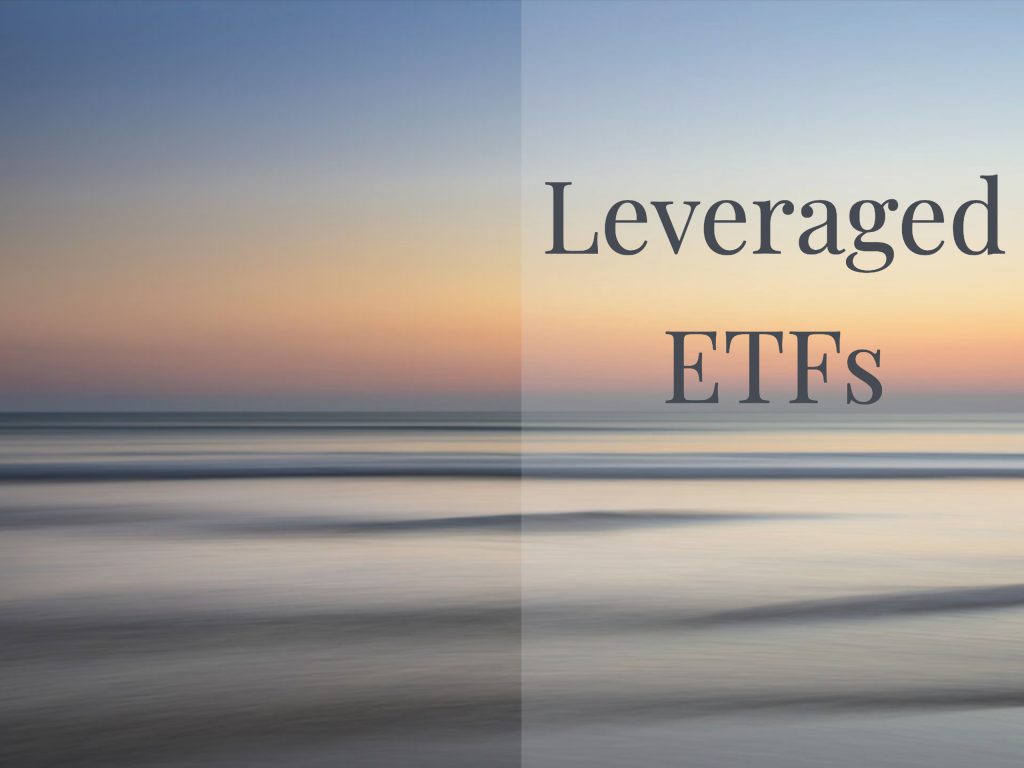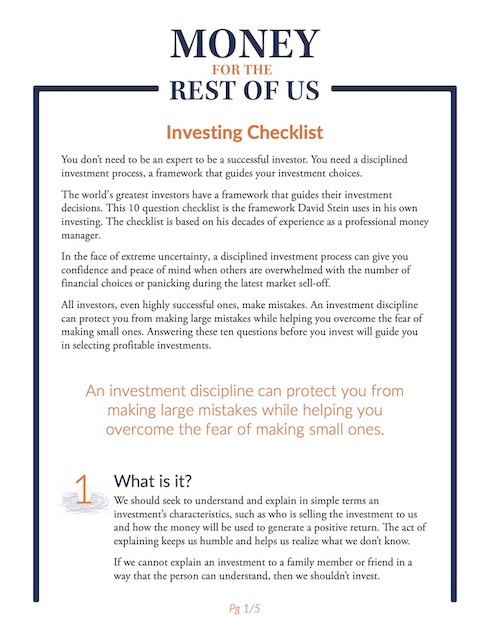Definition, Overview, and Performance of Leveraged ETFs

Leveraged ETF Definition
Exchange-traded funds, or ETFs, are marketable securities that trade on an exchange and seek to track a specific index or a segment of the capital markets, such as large company stocks, bonds, or real estate investment trusts.
A leveraged exchange-traded fund (ETF) is a type of ETF that uses debt or other forms of leverage, such as futures or options, in an attempt to capture two to three times the daily performance of a target index.
ETFS, including those that use leverage, are indirect public, investment vehicles.
Indirect investment vehicles hold direct investments such as stocks, bonds, futures, or options selected by professional portfolio managers. Investors pay the portfolio managers a management fee to choose and monitor direct investments. As investors, we have ownership in the ETF. Not in the ETF’s underlying holdings.
Public investments are available for purchase by the general public. ETFs, including leveraged exchange-traded funds, are bought using a broker that acts as the middleman to facilitate the trade.
ETFS are known for being low cost and tax efficient, however, leveraged ETFs have much higher than average expense ratio. They are also less tax efficient due to the shorter-term nature of some of their derivative holdings as described below.
You can learn more about investment vehicles in this guide.
Exchange-Traded Funds Pros and Cons
Advantages
- Lower fees
- Tax Efficient
- Intraday Trading
Disadvantages
- Flash crashes
- Excessive Trading
Inverse ETFs
There are several types of leveraged ETFs. Some leveraged ETFs produce returns in the same direction of their target index. Other leveraged ETFs, known as inverse ETFs, strive for returns that are opposite the benchmark returns. When the index jumps in price, the inverse ETF’s price falls.
Double and Triple Leveraged ETFs
Many leveraged ETFs seek to double or triple the target benchmark’s daily performance, be it in the same direction of the index or its opposite in the case of inverse ETFs.
These leveraged ETFs usually include the words “pro” or “ultra” to distinguish them from less volatile ETFs that don’t use leverage. Double and tripled leveraged ETFs will usually include the phrase 2x or 3x in their description to help investors know what the ETF’s performance objective is.
What Leveraged ETFs Own
Leveraged ETFs that seek to deliver two to three times the performance of a target index may own some of the holdings of that index. For example, a leveraged ETF that seeks to replicate two times the performance of the S&P 500 Index may own some or all of the S&P 500 stocks.
Most leveraged ETFs will also own derivatives, which are financial instruments whose return is tied to an underlying asset. Examples of derivatives that leveraged ETFs own are futures contacts and swap agreements.
Future contracts are agreements to deliver or take delivery of a specified asset at a future date. Future contracts have embedded leverage in that the holder of the contract does not have to put up much money to enter into the contract.
A leveraged ETF seeking to deliver 3x the performance of the S&P 500 Index could enter into a certain number of S&P 500 futures contracts that would provide the ETF with three times the exposure to the S&P 500 Index while only having to invest a fraction of the ETFs assets under management.
A leveraged ETF might also enter into swap agreements with major financial institutions. In a swap agreement, one party promises to pay the return of a particular asset while the other party promises to pay the return of a different asset.
For example, a 3x leveraged ETF might agree to pay the return of Treasury bills in exchange for receiving three times the return of the S&P 500 Index.
Who Should Invest in Leveraged ETFs?
Leveraged ETFs are obviously volatile since they seek to provide 2x to 3x the underlying benchmark return or 2x to 3x the inverse of the benchmark return.
Leveraged ETFs’ volatility makes them suitable only for short-term traders. The reason is severe price swings due to leverage keep leveraged ETFs from returning two to three times the benchmark performance over longer time periods.
The mathematics of compounding is why leveraged ETFs fall short over longer holding periods. ETF sponsors are quite clear in their written materials that the leveraged ETFs are seeking to replicate two to three times the daily performance of the target index. Not the monthly or annual performance.
Leveraged ETF Closures
Leveraged ETFs that track more volatile asset classes are at risk of closing after a large market sell-off because the ETF can lose most if not all of the funds under management. For example, an ETF that is seeking to track 3x of the performance of a given asset class would be forced to liquidate if that asset class fell 50% in a short period of time.
Leveraged ETF Examples
For example, the S&P 500 Index has returned approximately 8.5% for the five years ending June 30, 2020. You would think a triple leveraged ETF seeking to generate 3x the performance of the S&P 500 Index would have returned over 25% annualized over that five-year period. Yet the ProShares UltraPro S&P 500 ETF (UPRO), a triple leveraged ETF that seeks to generate three times the daily performance of the S&P 500 Index, only returned 15.2% over that same five year period.
Performance deviations, which is also known as tracking error, get even larger for extremely volatile market segments. The MSCI Russia Index has returned 8.6% annualized for the five years ending June 30, 2020. Over that same time period, the Direxion Daily Russia Bull 2X ETF, formally the Direxion Daily Russia Bull 3X ETF (RUSL) returned -18.1% annualized, falling well short of returning either two or three times the longer-term return of the benchmark. The ETF was so volatile that Direxion reduced its leverage to target two times the daily index return instead of three.
That doesn’t mean that leveraged ETFs are flawed. They come close to achieving their 2x and 3x goals on a daily basis but their longer-term returns will fall short of the 2x or 3x the benchmark return. The mathematics of compounding will prevent that.
Audio Lesson
Audio Download

David Stein is the founder of Money for the Rest of Us. Since 2014, he has produced and hosted the Money for the Rest of Us investing podcast. The podcast reaches tens of thousands of listeners per episode and has been nominated for ten Plutus Awards and won one. David also leads Money for the Rest of Us Plus, a premium investment education platform that provides professional-grade portfolio tools and training to over 1,000 individual investors. He is the author of Money for the Rest of Us: 10 Questions to Master Successful Investing, which was published by McGraw-Hill. Previously, David spent over a decade as an institutional investment advisor and portfolio manager. He was a managing partner at FEG Investment Advisors, a $15 billion investment advisory firm. At FEG, David served as Chief Investment Strategist and Chief Portfolio Strategist.
